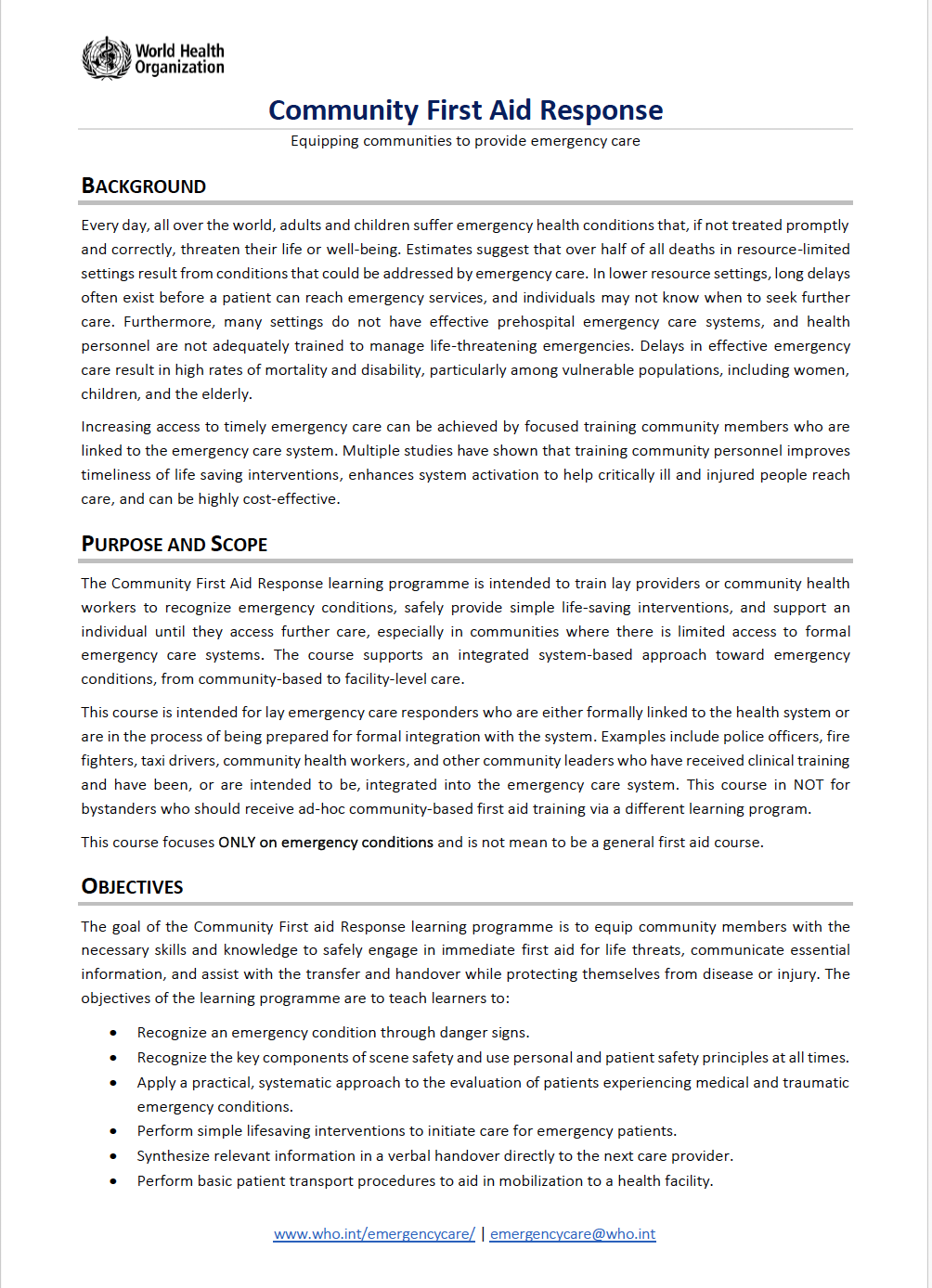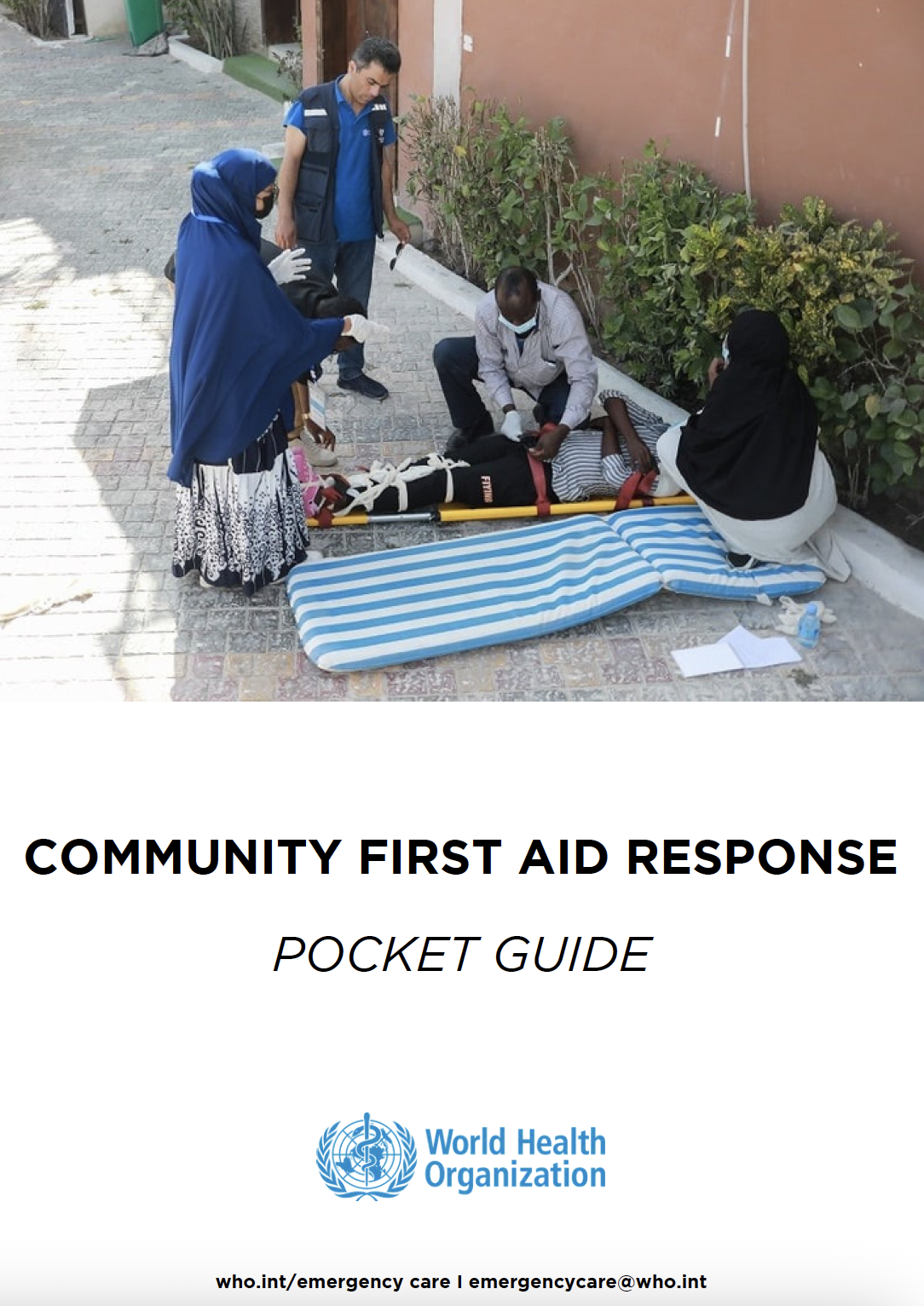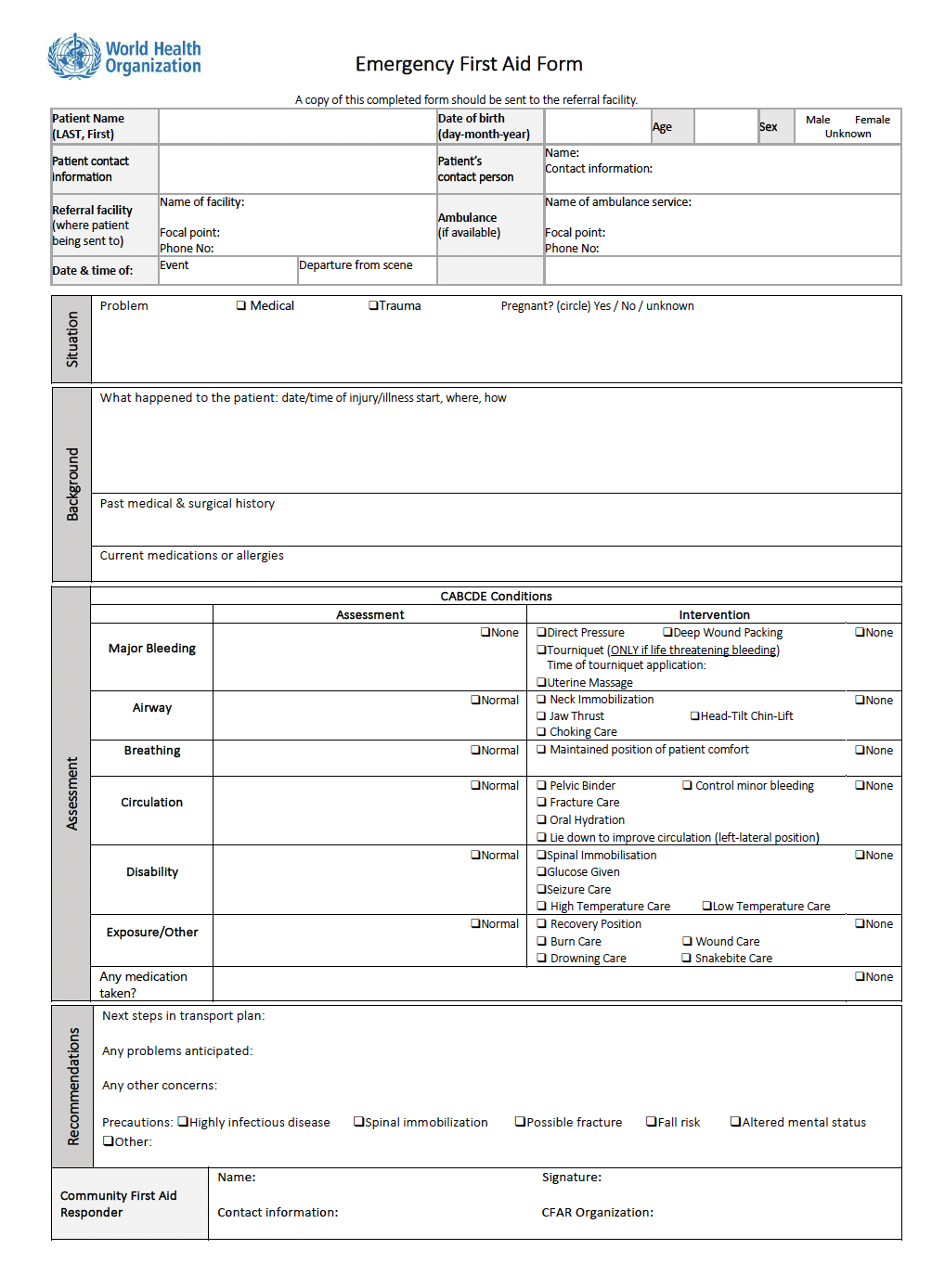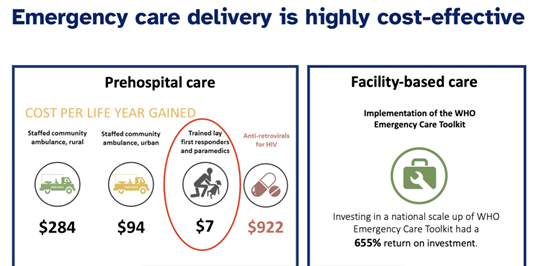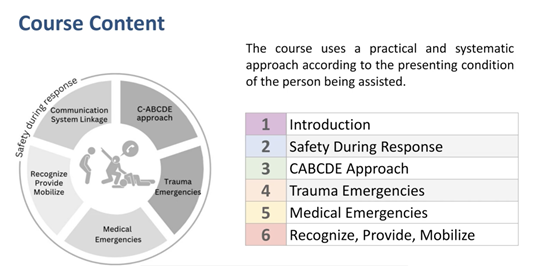
Empowered communities as providers of care
Overview
The role of communities in delivering primary care
There is a growing consensus that community-based primary care is key to both strengthening health systems and ensuring preparedness for health emergencies and future pandemics. Robust and coordinated primary care is also critical to effectively manage shifting disease burdens and address the social determinants of health and well-being.
Well-trained community health workers (CHWs) who are integrated into the health care system can play a central role in understanding and responding to the unique needs of diverse communities. They also play a vital role in delivering integrated services within primary care teams in the journey towards strengthened primary health care. Many countries, however, still lack strong CHW programmes, and where they exist, they are not always seen as an integral component of a national health care system. A reorientation and scaling of CHW training programmes could substantially improve healthcare effectiveness, access to services and readiness for health emergencies.
The role of communities in delivering emergency care
For patients with life threatening conditions, the community has an important role in the early recognition of danger signs, delivery of first aid and initiation of movement to more definitive care. Member States have also highlighted this essential role via World Health Assembly Resolution 76.2 which emphasizes the critical role of community-level responders in strengthening integrated emergency, critical and operative care and also reflects the growing global recognition that timely first response at the community level is essential to reducing preventable deaths from acute conditions.
Community First Aid Responders (CFARs) are trained laypersons who operate as part of an organized emergency care system—such as through community clinics, response organizations, or public safety agencies like police and fire services. Unlike bystanders with basic first aid knowledge, CFARs are formally certified and integrated into a structured response mechanism, allowing them to be mobilized to emergency scenes through pre-established systems. CFARs may include community members, first responders (e.g., police, firefighters), community health workers, healthcare assistants and other allied health professionals.
CFARs play a vital role in strengthening prehospital emergency services, particularly in settings where formal ambulance systems are limited or hard-to-reach. In areas affected by conflict or landmines, CFAR programs have been shown to significantly reduce preventable deaths by enabling timely and organized first response.
Tools to improve community-based care delivery
WHO’s Community First Aid Response learning programme teaches a practical and systematic approach to first aid for community-based first responders who are linked to the health system. Community First Aid Response content is aligned with the WHO-ICRC Basic Emergency Care course, emphasizing a standardized approach to the acutely ill or injured for non-health professionals. Community First Aid Responders are trained to safely approach emergency scenes, recognize life-threatening conditions, provide initial care for medical and traumatic emergencies, and facilitate timely transfer and handover to higher levels of care.
Community First Aid Response course is available on OpenWHO.
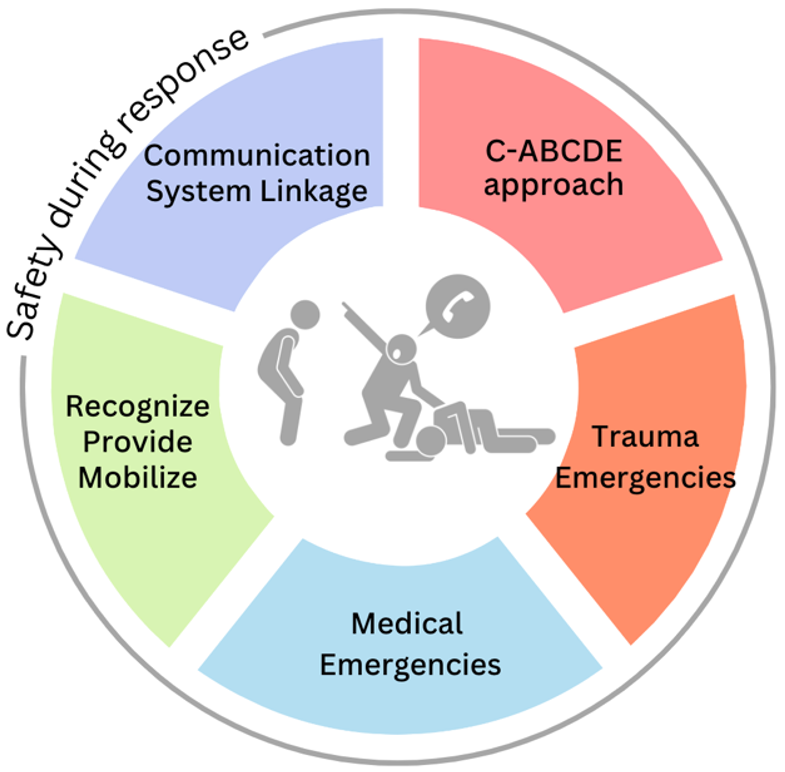
Overview of the Community First Aid Response course
Slides
Slides (Spanish)
Publications
News
Related links

